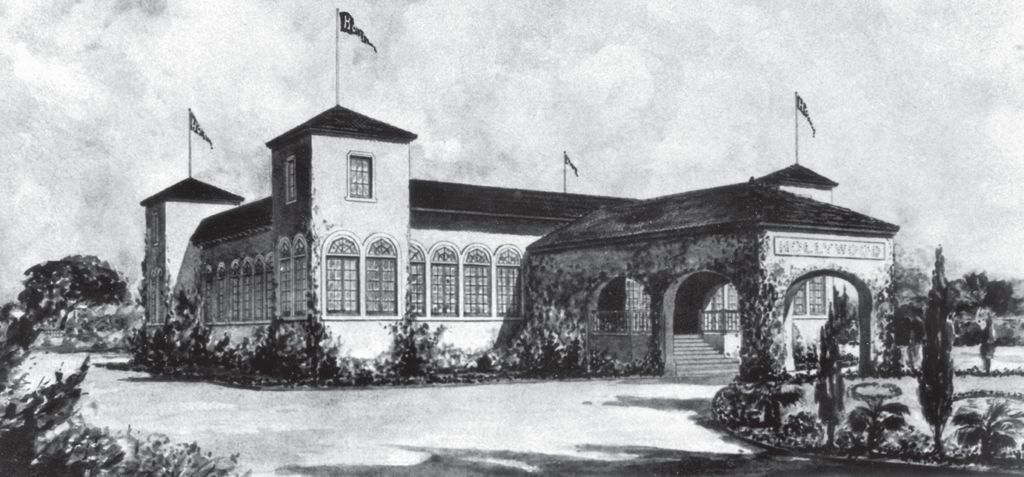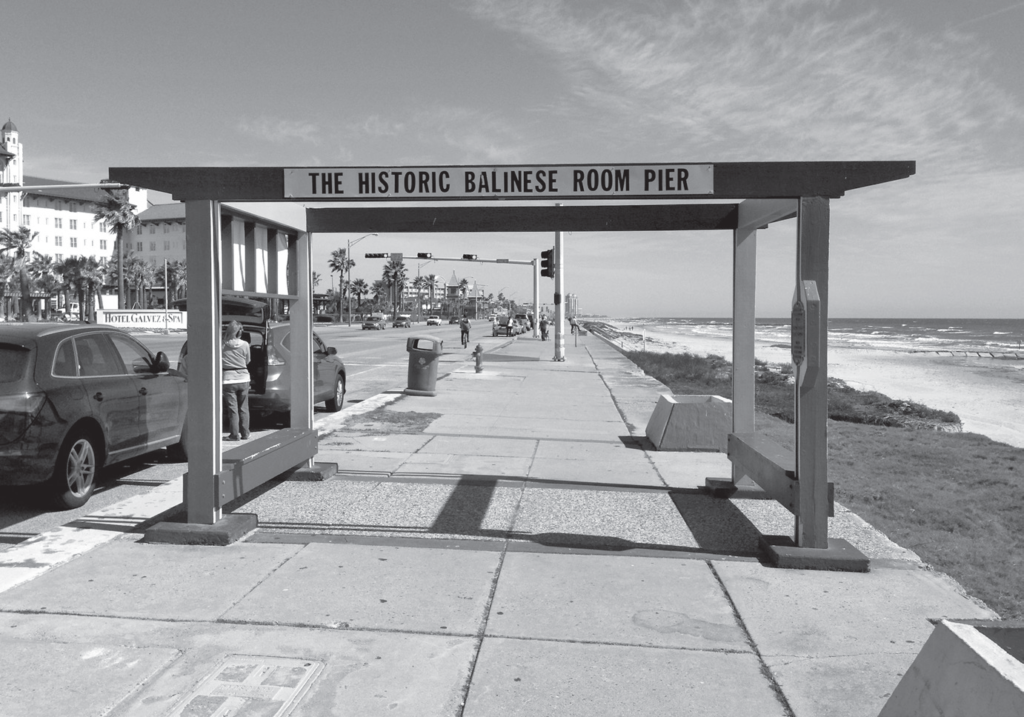
Building Criminal Empires in Galveston, Texas
In the Lone Star State, Texans have always prided themselves on their resourcefulness and resilience, topped off with a dash of down-home humor. It’s just a part of the culture, as much as sweet tea in Georgia or fishing boats in Maine. But the same sensibility that has informed the honest, hard-working oilmen, ranchers, and cowhands over the years has also been present in many of the folks with less-than-savory occupations, namely, the gamblers, the crooks, and the thieves.
As T. Nicole Boatman, Scott H. Belshaw, and Richard B. McCaslin have detailed in their book Galveston’s Maceo Family Empire: Bootlegging and the Balinese Room, for decades one name stood out as running Texas’ most famous Gulf Coast resort town. Salvatore (“Sam”) and Rosario (“Rose”) Maceo, two brothers from a large clan of Sicilian immigrants to Texas, rose to prominence within a short time of their arrival in Galveston, displacing rival gangs in the area and working as bootleggers, fixers, and drug smugglers during the heyday of Prohibition. For years they managed to elude the local authorities, often leveraging one creative trick of the trade: architecture.
The Maceo brothers had long understood the value of a good venue: alongside their many other properties, their flagship nightclub, the Hollywood Dinner Club, had served as an upscale speakeasy and gambling hall for years. Raking in cash hand over fist, the Maceos had used the Hollywood as a headquarters both for meeting and greeting, and for wheeling and dealing—in this case, literally.

But word travels fast in Texas, and as law enforcement began to crack down, the Maceos knew they needed to step up their game. Converting one of their other properties into a new headquarters, the Balinese Room became the premier entertainment venue in Galveston: a place where drinking and gambling flowed nonstop, and where national celebrities such as Frank Sinatra and Tony Bennett were known to perform. Boatman’s team describes how the Balinese Room had some sneaky built-in safeguards to keep even the famous Texas Rangers from being able to show up unannounced:
“The Balinese room was built at the end of a pier that stretched many feet out from the coast. … the club’s design allowed savvy workers to hide any trace of illegal activities prior to the officials’ arrival in the gambling hall. Texas Ranger Ed Gooding explained, the ‘entrance was through doors fitted with electric locks at the sea wall. A lady was stationed in a booth at the entrance, and she would be smiling very sweetly. All the while, she was standing on a buzzer, warning the occupants that the Rangers were on their way.’ This system allowed employees to quickly hide the gambling paraphernalia and any other evidence of foul play. All that was left in view were games such as ‘dominoes, pool, bridge, or checkers’ and staff and customers ‘acting as innocent as newborn babies.’” An impregnable castle of vice: what good ol’ boy, Sicilian-born or not, wouldn’t be proud of such ingenuity? Not to say the Maceos didn’t have other insurance policies in place: apparently certain judges who had ordered such raids were also known to pick up the phone and call the venue ahead of time, just in case Balinese Room staff needed a little extra time to prepare. What the price tag for such ‘judicial activism’ was, unfortunately, history does not record.

The Maceo criminal empire declined starting in the 1950s, as Sam and Rose passed on, and few members of their remaining family proved as skillful in running the business as they had. Sadly, however, this once-celebrated building which graced Galveston Island for so long also met its end in 2008—at the hands not of the Texas Rangers, but of Hurricane Ike. Today, all that remains of the Balinese Room is part of the pier.
What would Sam and Rose have had to say, had they seen the loss of their beloved club? Probably not much at all—knowing them, they’d just start building the next one!




